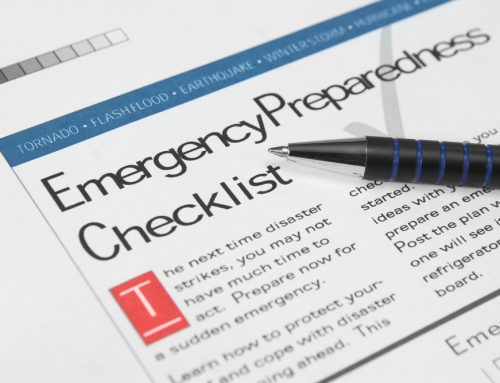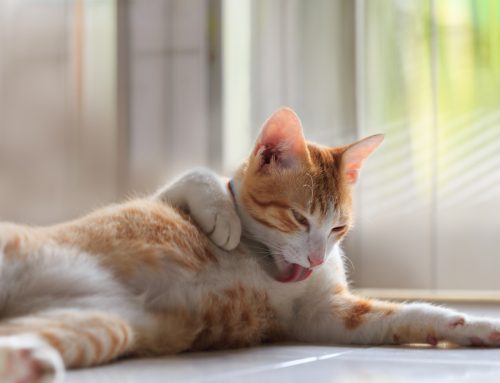We realize that scheduling an appointment for your pet—sometimes for a service as simple as a nail trim—has become more difficult. What is behind the challenge to pin down your veterinarian? What can you do to ensure your pet receives care when needed? Read on to learn about the overwhelming situation facing the veterinary industry, and what you can do to help ease the burden.
The veterinary staffing shortage is an ongoing problem
One key issue affecting the veterinary industry, and one behind why seeing your veterinarian takes so long, is the ongoing staffing shortage. Veterinary practices across the country have battled staffing problems for years, an issue that has only worsened with the pandemic. With the extensive schooling needed to become a veterinary professional, the industry is growing much faster than students can graduate and become licensed. Compounding the shortage is the fact that many veterinary professionals leave the field because of burnout, compassion fatigue, low pay, poor work-life balance, and mental and physical stressors. Veterinary technicians average only five years working in their chosen profession before seeking other, less stressful pastures. The migration, combined with illness and COVID quarantines, has left many veterinary practices struggling to fill their open positions and provide services to pets.
COVID-19 protocols hampered veterinary practice efficiency
When COVID struck, social distancing measures and strict disinfection protocols were put into play. While these tactics helped keep people safe, efficiency tanked. In fact, according to data from the AVMA Census of Veterinarians and Veterinary Practice Owners, veterinarians saw fewer patients per hour, and average productivity declined by almost 25% in 2020. If a veterinarian usually saw 32 patients in an eight-hour period, they were seeing only 24, which is a huge decline in productivity.
Curbside care made caring for pets more challenging and time-consuming
To limit the number of people inside veterinary practices, and to enforce social distancing measures, curbside care was instituted. And, while that minimized close contact, appointment times became much longer. As veterinary staff ran back and forth to the parking lot, and spent a significant amount of time on the phone with pet owners, standard wellness visits stretched out much longer than before. Sick or injured pets also experienced increased appointment lengths, as veterinarians had to gather a patient history, obtain permission for diagnostic testing, and discuss treatment plans over the phone.
Practice shutdowns created a backlog of wellness care
At the height of the pandemic, veterinary practices may have shortened their hours, limited their services, or closed completely, because of ill staff or lockdown orders. When practices attempted to operate normally again, they were overwhelmed with the demand for delayed wellness care, on top of sick and injured pets who needed treatment. Many wellness services, like annual physical exams, vaccinations, dental cleanings, and screening tests, had been postponed because pet owners were unable to leave their homes. Wellness care also was delayed because of limited income at the beginning of the pandemic, when people were forced to stay home without pay. However, as lockdown orders were lifted, and stimulus checks flooded the economy, pet owners were able to shift their budget to include veterinary care. They began scheduling appointments, and the surge in requests was—and still is—overwhelming for the veterinary industry, as teams work to deliver wellness care to pets in need.
Ways you can reduce veterinary overload

While you can’t increase the number of veterinary professionals entering the workforce—unless you want to attend veterinary school—you can help reduce veterinary overload and ensure your pet receives care when needed by:
- Calling to schedule your pet’s wellness care in advance — Since securing an appointment for your pet’s wellness care can take days, weeks, or sometimes a month, take stock of their upcoming due dates for preventive services. Call well in advance to schedule your pet’s appointment, to ensure they receive their preventive care on time.
- Being on the lookout for subtle indicators of pet health issues — If your pet displays a slight change in behavior, attitude, appetite, or activity, contact our team. Waiting to call until your pet is seriously ill puts a significant strain on our team, to try working you into our schedule.
- Practicing patience and kindness when scheduling your pet’s appointment — When calling to schedule your pet’s wellness appointment, understand that sick and injured pets have priority over preventive services. If we tell you that we cannot see your pet for a week or two, please be grateful your four-legged friend is healthy, and doesn’t need to be bumped to the front of the line for emergency care.
When you call Fairfax Veterinary Clinic to schedule an appointment for your pet, we ask that you please be patient with our team. We will endeavor to fit in your pet’s annual exam as soon as possible, but keep in mind that sick and injured pets take precedence over wellness appointments. For our appointment availability, call our hospital as much in advance as possible.








Leave A Comment